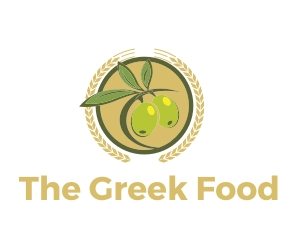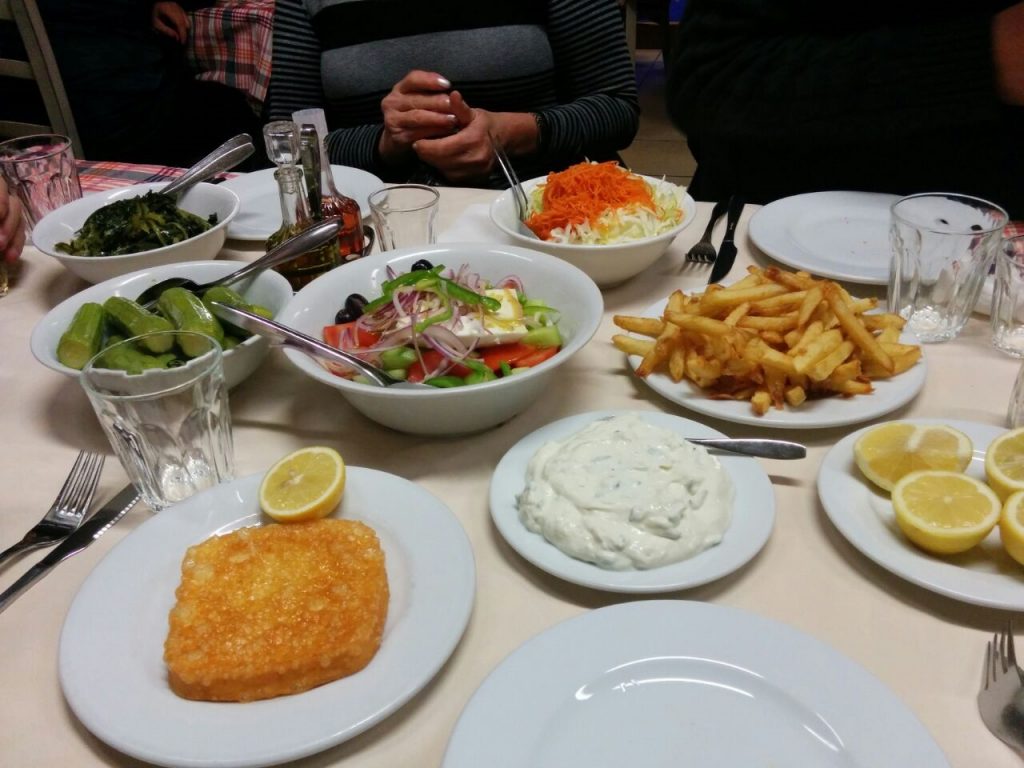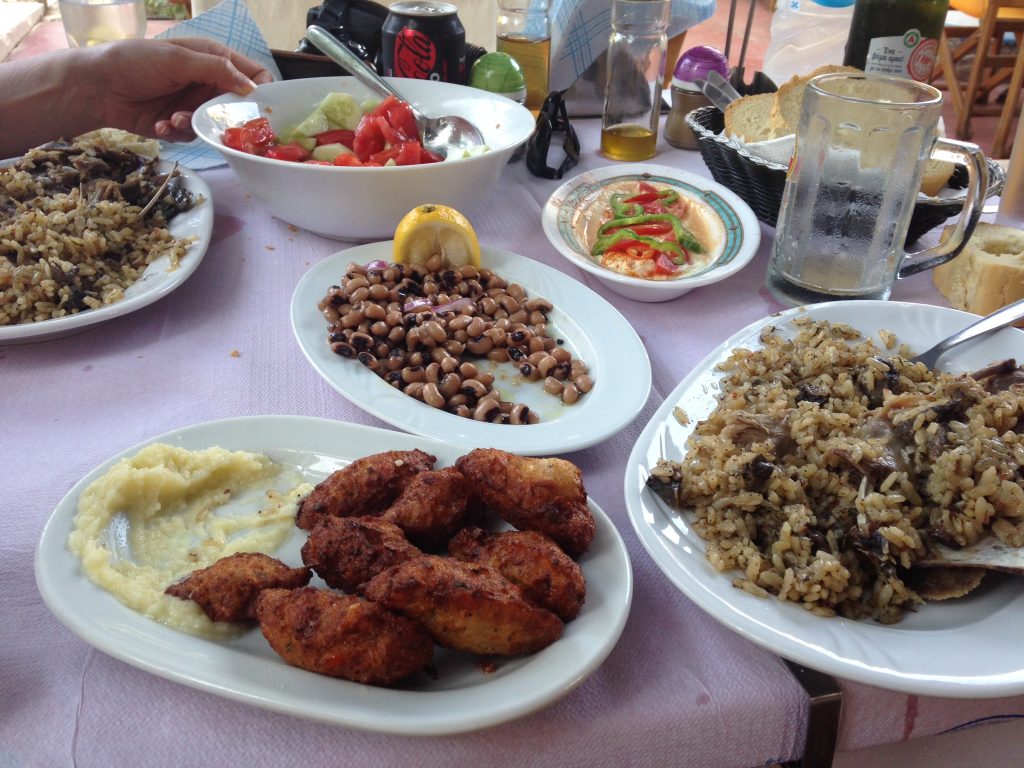In the past 5 years i keep this blog i tried to have an open mind on other cuisines but also tried to learn a bit more about the origin of the Greek cuisine and what is exactly that characterised it. It is important to know what distinguish one cuisine from another not because you want to put your mark on a recipe but because you want to understand a bit more about the history of the people and the country.
Having those thoughts in mind i came up to this old article of the Greek chef Christoforos Peskias which describes i think perfectly the essence of the Greek food and was published couple of years ago in the greek website gastronomos.gr.
Here it goes…
I was watching a documentary about Manos Hadjidakis, who, as you all know, was the man who put the bouzouki in the lounges of Greece and Europe. He managed to put alongside his own experiences the past he loved. He entered his own memories or, if you wish, the musical memory of his time in his own contemporary experience. Of course, he said and did other things but it is not the time to talk about them. What concerns us is that “the search for the memory of the first happiness”, as I had once heard at a table of the choreographer Dimitris Papaioannou saying. This is for me the search for the truth.
Food is truth and a reality. It is a touch with the outside world. I “eat” means I stay alive, I survive. But food is also taste, and taste as a sense implies the exploration of the world. A nice meal is like a Cretan song, mantinada. A small pair that contains a vast truth in it.
“A bite of God whole, the whole universe.”
(Μια μπουκιά ο Θεός ολόκληρος, το σύμπαν όλο. )
Nothing is more natural than scraping memory, because through it you try to understand your own existence, but also others. In food, I believe that this is happening at length.
How, though, a cook manage to make this knowledge food? How do you talk about memory through taste? Or how do we create flavour with memory? And how can this be done in a way that is not folkloric or trivial? My personal question or, if you wish, my personal search is how to talk about collective memories, but at the same time to express my own contemporary, up-to-date questions about everything we have all experienced and experienced.
But let’s talk in a different way. The famous Greek poet, Elytis had written:
“If you decompose Greece, in the end you will see an olive tree, a vineyard and a boat. Which means: with so many you make it up again “.
So, two of these three characteristics are edible. We will talk, then, in the way of Elytis.
To be able to make a food that speaks in everyone’s memory, you need to strip the recipe from unnecessary details and understand what its important elements are. Those that give it the character that we (as a collective memory) we believe to be ideal.
Without much oil the food is not greasy. When I started to cook as a student, a meal I was consuming was green beans. My fellow students then in America told me that food in the Greek town is swimming in the oil. The Greek-Americans were making fun their grandmother about it. Then I was too bothered by this, even now it bothers me to see it swimming in olive oil. So I decided not to put too much oil. My beans, however, were not Greek. I do not know what it was. Greek green beans are a dish where the vegetable takes the sweetness of oil and onion.
Years later, more mature, I make the green beans with plenty of oil, onion and tomato crumbly. I do not add liquids and I boil them enough not to be al dente. When al dente, they do not absorb the sweetness of onion and oil. And if they have many fluids, they do not join. In the end, however, I dry them out of a lot of oil and put a lot of fresh mint. In this way I manage to keep the “Greekness” of the recipe but also I cook them to my taste.
A similar example is stuffed tomatoes or gemista as we call them. A few years ago I had made a dish with the help of Dore, a businessman who had opened the ’48, The restaurant’, which we called ‘tomato sushi’. Dore was the one who told me about the “sweet melting” of Greek food (aubergines, briems, stuffed tomatoes). I was wondering how to transform this memory in to food. So we made a tomato sauce with lots of oil and a lot of onions (4 kg of tomatoes to 1 kg of onion and 500 ml of olive oil). We simmer it for about 10 hours until it was almost candy.
Then we took “fillets” of tomatoes and bake for about 6 – 8 hours in a very low oven (70 ° C). We removed most of the oil from the sauce and joined it with Japanese rice, which we had boiled a lot – but we did not do it al dente – and added mint, caraway, pine nuts and raisins. After that, we gave it a rectangular shape and on top we put a piece of baked tomato filet. The whole looked like sushi. When you ate it, it reminded you of a stuffed tomato because of the melted sauce, the mint and the broken rice. Now, if you tell me, why not make stuffed tomatoes? I do not have a serious answer to that. I know, however, that I can not make those stuffed tomatoes.
Another example is smyrneika soutzoukakia, the greek meatballs. What gives this recipe its character is not the meat or what part of the animal you put, if you boil it a little or a little or if you serve rice. The meat gives the structure, the skeleton of the food. The essentials are the perfumes. Cumin, spice, cinnamon, etc. The tomato in this case is an extra vehicle that carries the spices. . Having this in mind and knowing that cinnamon, cumin, etc. related to our oriental past, we made tartar souvucas (ie raw meat), which spoke in a nostalgia and a delight familiar. The recipe was, at the same time, new. Something that expresses both yesterday and today.
When you ask someone to tell you what Greece is, you must be able to answer two sentences. When the question is about Greek food, a bite must come.
What is Greek in food?
Its olive oil, and onions and the melting of the vegetables.
The pies, the texture, the wheat and the salty slice. And what is the queen of the pie? The Flour Mill. The pie of Kikitsa in Monodendri.
In the spinach, the greens, the lemon and the rice, which drink all the greens from the greens (in the good spinach we do not add any or almost no liquids).
In the kleftiko, it is the oregano smell from the mountain and the smell of charcoal.
In Mediterranean there are 5 basic ingredients: salt, wheat (cereals), oil, wine and dairy products. And then came the tomato. In each geographic area these materials are being handled differently. In Naples the same materials become pizza, in Crete dakos (oil, wheat, salt, cheese, tomato). We must always try to find this different character in order to save both our memory and taste.


